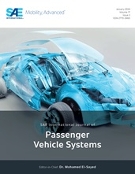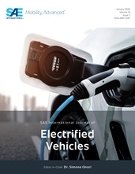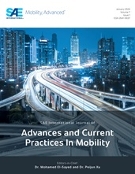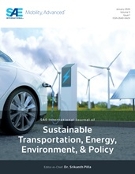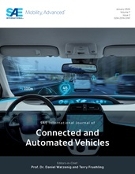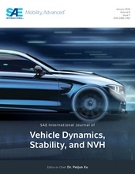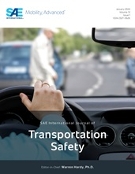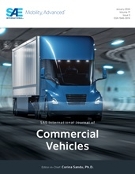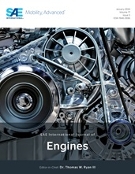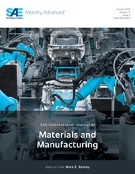Your Destination for Mobility Engineering Resources
Recently Published
Browse AllIn this paper, a systematic and in-depth study is carried out on the key engineering problem of the accurate calculation of the flexural capacity of L-shaped concrete-filled steel tubular columns. Based on the basic framework of mechanics theory, the basic design principle of reinforced concrete members is integrated, and the nonlinear characteristics of steel and concrete materials in the process of stress are mainly considered, such as steel yield strengthening, concrete compression damage, etc., and the ultimate bending moment calculation model which is more suitable for the actual stress state is constructed. Through rigorous theoretical derivation and multi-parameter comparative analysis, the final formula for calculating the bearing capacity of special-shaped columns not only has clear mechanical concept support, but also systematically defines the scope of application of the calculation method. The verification results show that the established calculation method not only meets
Rail cranes are often subjected to sudden gusts of wind during the course of their work. In the event that a crane lacks adequate windproof capabilities, its movement along the track may have a significant impact on its own functionality and the safety of the surrounding equipment. Consequently, the prediction of the capacity of the rail crane to impede sudden gusts of wind, and the rational configuration of its windproof apparatus, is paramount to the crane’s ability to withstand wind. This paper conducts a systematic theoretical analysis of the gust resistance of rail crane with different windproof device configurations. It considers the movement of the wheels under wind influence and the windproof characteristics of other devices along the track direction. A theoretical formula is established to predict the gust resistance of rail crane, enabling the estimation of their maximum windproof capacity and providing a foundation for the selection and configuration of windproof devices
According to a problem of the vibration and noise suppression of an engineering vehicle cab, a dynamical model of the engine-frame-cab system was established to describe the vibration transmission path. The method of calculation of the vibratory power flow, which is transmitted from the vibration source engine to the cab through the frame and isolators, was deduced. And then an optimization strategy for the frame structure and the corresponding analysis algorithm process were proposed based on the objective function of power flow. The method proposed was validated through an application to a practical example, which would have practical value in the field of vehicle vibration reductions and optimization design of frame structures.
A smart highway tunnels lighting system based on the technology of cloud platform and Internet of Things(IoTs) has been designed to address the common problems of high energy consumption and low level of intelligence in China's highway tunnel lighting system. The highway tunnel lighting system consists of four layers of architecture: platform management layer, local management layer, middle layer and terminal layer. The system collects real-time brightness, lamp brightness, traffic volume and other data outside the tunnel through various sensors deployed on site, and then uploads the collected data to the main controller through LoRa IoTs. The main controller combines the brightness calculation method of the lighting design rules to control the brightness of the tunnel lighting in real time, achieving real-time adjustment of the brightness of the tunnel LED lights and the brightness outside the tunnel, and realizing a safe and energy-saving lighting effect of "lights on when the car
The effective measurement and verification of dimensional stability indicators for large size and highly stable structures in service environments is the key to the development of high-precision spacecraft technology. Spatial carrier speckle interferometry technology has been widely used for high-precision measurements in recent years due to its advantages of fast speed, high accuracy, and simple operation. However, the existing technical research only focuses on the measurement under normal temperature and pressure environments, and there is little research on the application under complex operating conditions in space. There is currently no relevant research on the impact of system ambient vibration and noise on measurement stability disturbances. In response to the above issues, a high-precision deformation measurement system suitable for complex environments of high and low temperatures in a vacuum was designed based on spatial carrier measurement technology. A system measurement
